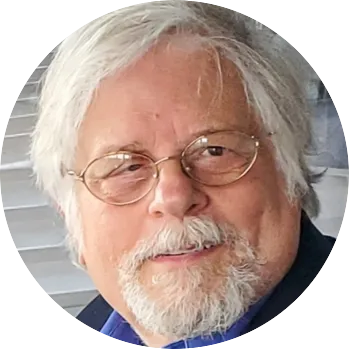Estes Park proposes parking, transit facility as Loop alternative
ESTES PARK — Town officials have asked a federal agency to consider a parking structure and transit facility as a potential alternative to a controversial one-way downtown loop designed to ease summer tourist traffic congestion but whose cost estimate nearly doubled this month.
Because of the mushrooming cost, Mayor Bill Pinkham wrote to federal officials, “the only option is to compromise.”
The letter was sent Aug. 18 to the Central Federal Lands Highway Division, requesting that it consider the structure as part of an ongoing environmental impact study of the proposed Downtown Estes Loop. The structure, which would be located in the…
THIS ARTICLE IS FOR SUBSCRIBERS ONLY
Continue reading for less than $3 per week!
Get a month of award-winning local business news, trends and insights
Access award-winning content today!

